>>where the big decisions must be made
Promotions and pricing - Black expects the pricing strategy of Morrisons to become prevalent in the combined group’s stores with “high-low going out of the window” and replaced by EDLP. Morrisons would have to decide whether to retain any of the Safeway premium-brand categories or to consign them to the integration dustbin.
Dennis says the new company would also have to overcome the very different promotional strategy employed by Safeway, with four times more products on promotion than Morrisons has.
It is this that, he says, helps Safeway to mask the average 20% price premium that it charges on its products and is something that Morrisons would have to eradicate.
Non-food - Although non-food plays a larger part of the mix in Safeway than it does in Morrisons this should not cause any problems, according to Hughes, who suggests that, over time, there will be a “blending” in this area. Brown agrees, but only if the combined company learns to “flex and evolve as the market changes”.
Ireland - Hughes suggests Morrisons would not have a great problem re-branding the Safeway stores in Ireland because Safeway bought these stores and so the name is not as embedded as it is on the mainland.
Dennis says that Morrisons would certainly not be able to simply offload these 30-plus Irish outlets because they come under the same strict rules for divestment set up by the Competition Commission for the rest of the group’s stores.
Geographic spread - Morrisons would have to learn from Safeway when dealing with the company’s outlying stores because its own outlets have generally been located in clusters, says Hughes.
The stores it will pick up in Scotland will be its first in the country and he recommends that it is “not too hasty in converting them”. Instead he suggests it first learns from the conversions it does in other regions where it has much more experience. Brown says the north/south divide could cause some problems and that Morrisons will need to build “foundations of trust” to avert such issues.
Vertical integration - Morrisons is an exception among the major supermarkets in having elements of vertical integration.
It has its own meat processing capability, it has its own abattoirs and it also packs its own fruit and vegetables as well as manufacturing its own plastic bags. Although Brown argues that this will come under some strain when it also starts to supply the Safeway stores, Hughes suggests it would “only take on [extra capacity] gradually and will be able to drive maximum efficiently very quickly”.
Stores - For starters, there is the difference in the specification of the Safeway stores, which would lead to a disruptive conversion process as they are moved across to the market hall concept.
Hughes says Morrisons would also have to adapt to taking on stores with a much smaller non-retail component: the average Morrisons store has up to 40% of its floor space devoted to tasks such as food preparation, which compares with an average 25% in other supermarkets.
It will also have to deal with smaller-sized stores for the first time. In its original bid document, it stated that it intended to retain the Safeway brand for smaller stores.
Supply chain and IT infrastructure - The integration of IT systems inevitably comes at a high price and with problems, says Dennis. He believes it will be a choice of whether Safeway migrates to the Morrisons system or a new application is created that both systems could then “plug into”.
He suggests that only when Morrisons has full access to the Safeway IT systems would it find out whether it had been using “elastic bands and plasters” to keep it all together.
Promotions and pricing - Black expects the pricing strategy of Morrisons to become prevalent in the combined group’s stores with “high-low going out of the window” and replaced by EDLP. Morrisons would have to decide whether to retain any of the Safeway premium-brand categories or to consign them to the integration dustbin.
Dennis says the new company would also have to overcome the very different promotional strategy employed by Safeway, with four times more products on promotion than Morrisons has.
It is this that, he says, helps Safeway to mask the average 20% price premium that it charges on its products and is something that Morrisons would have to eradicate.
Non-food - Although non-food plays a larger part of the mix in Safeway than it does in Morrisons this should not cause any problems, according to Hughes, who suggests that, over time, there will be a “blending” in this area. Brown agrees, but only if the combined company learns to “flex and evolve as the market changes”.
Ireland - Hughes suggests Morrisons would not have a great problem re-branding the Safeway stores in Ireland because Safeway bought these stores and so the name is not as embedded as it is on the mainland.
Dennis says that Morrisons would certainly not be able to simply offload these 30-plus Irish outlets because they come under the same strict rules for divestment set up by the Competition Commission for the rest of the group’s stores.
Geographic spread - Morrisons would have to learn from Safeway when dealing with the company’s outlying stores because its own outlets have generally been located in clusters, says Hughes.
The stores it will pick up in Scotland will be its first in the country and he recommends that it is “not too hasty in converting them”. Instead he suggests it first learns from the conversions it does in other regions where it has much more experience. Brown says the north/south divide could cause some problems and that Morrisons will need to build “foundations of trust” to avert such issues.
Vertical integration - Morrisons is an exception among the major supermarkets in having elements of vertical integration.
It has its own meat processing capability, it has its own abattoirs and it also packs its own fruit and vegetables as well as manufacturing its own plastic bags. Although Brown argues that this will come under some strain when it also starts to supply the Safeway stores, Hughes suggests it would “only take on [extra capacity] gradually and will be able to drive maximum efficiently very quickly”.
Stores - For starters, there is the difference in the specification of the Safeway stores, which would lead to a disruptive conversion process as they are moved across to the market hall concept.
Hughes says Morrisons would also have to adapt to taking on stores with a much smaller non-retail component: the average Morrisons store has up to 40% of its floor space devoted to tasks such as food preparation, which compares with an average 25% in other supermarkets.
It will also have to deal with smaller-sized stores for the first time. In its original bid document, it stated that it intended to retain the Safeway brand for smaller stores.
Supply chain and IT infrastructure - The integration of IT systems inevitably comes at a high price and with problems, says Dennis. He believes it will be a choice of whether Safeway migrates to the Morrisons system or a new application is created that both systems could then “plug into”.
He suggests that only when Morrisons has full access to the Safeway IT systems would it find out whether it had been using “elastic bands and plasters” to keep it all together.

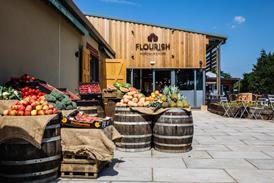


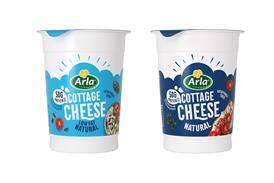




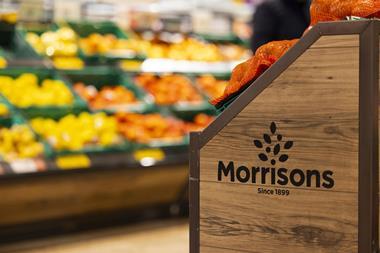

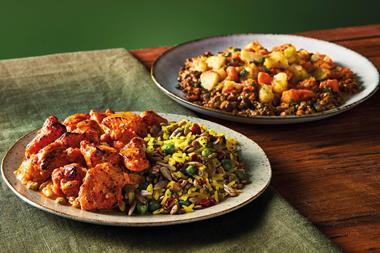

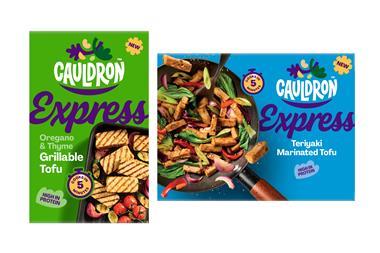

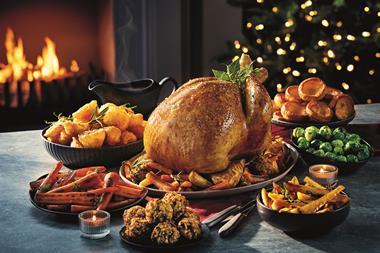
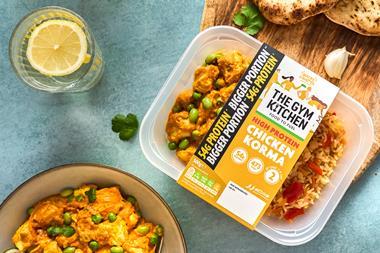

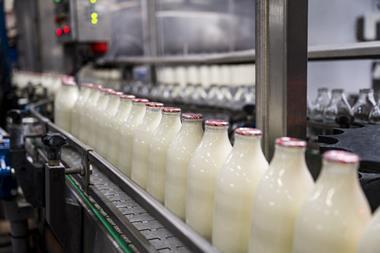
No comments yet